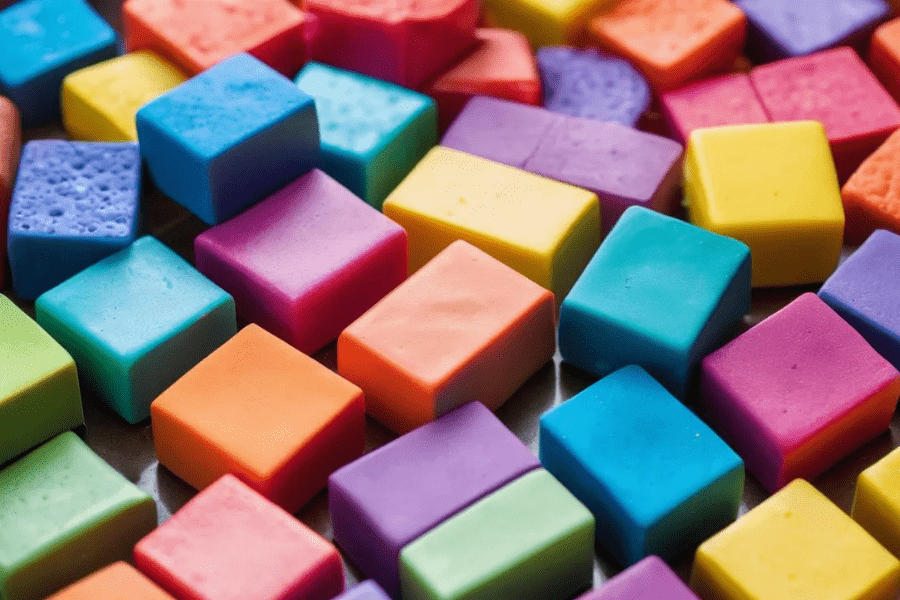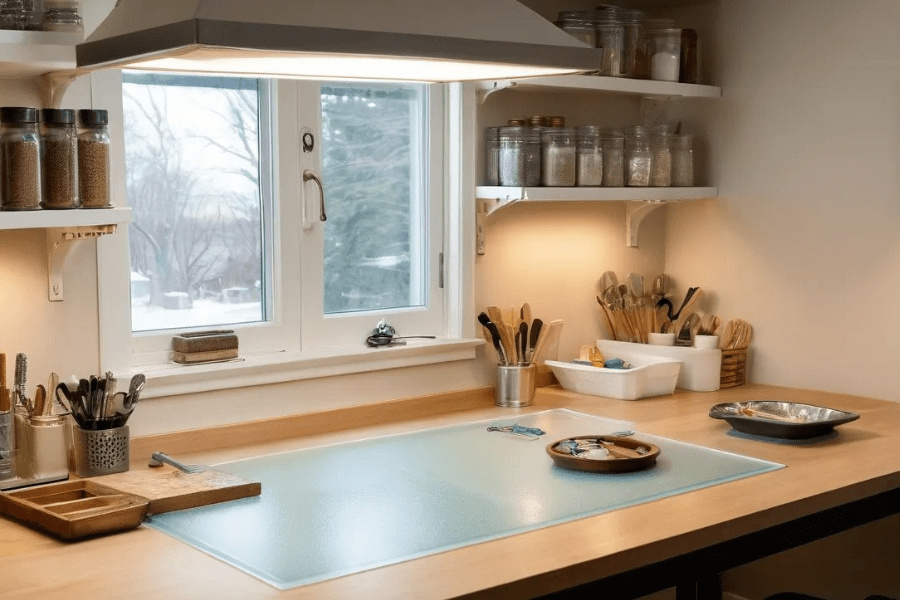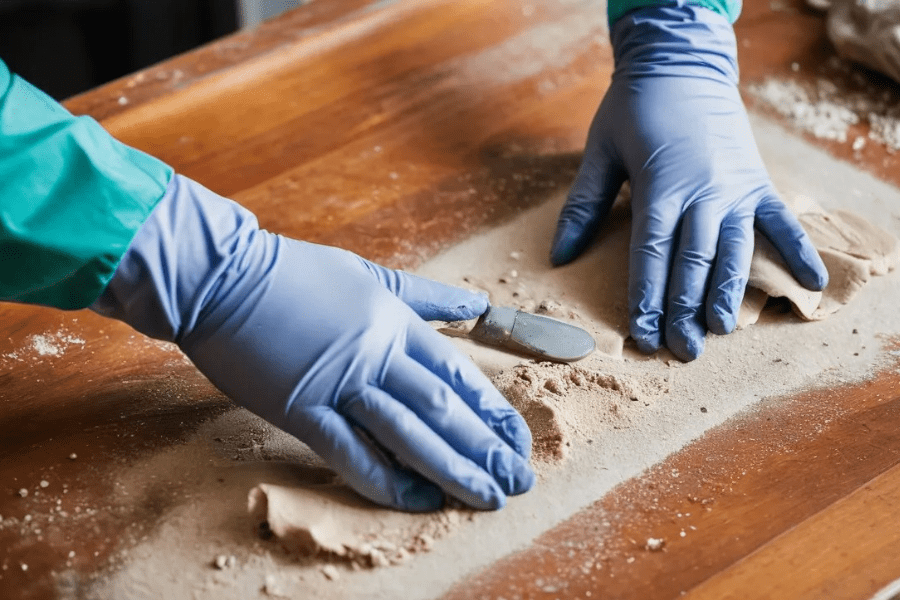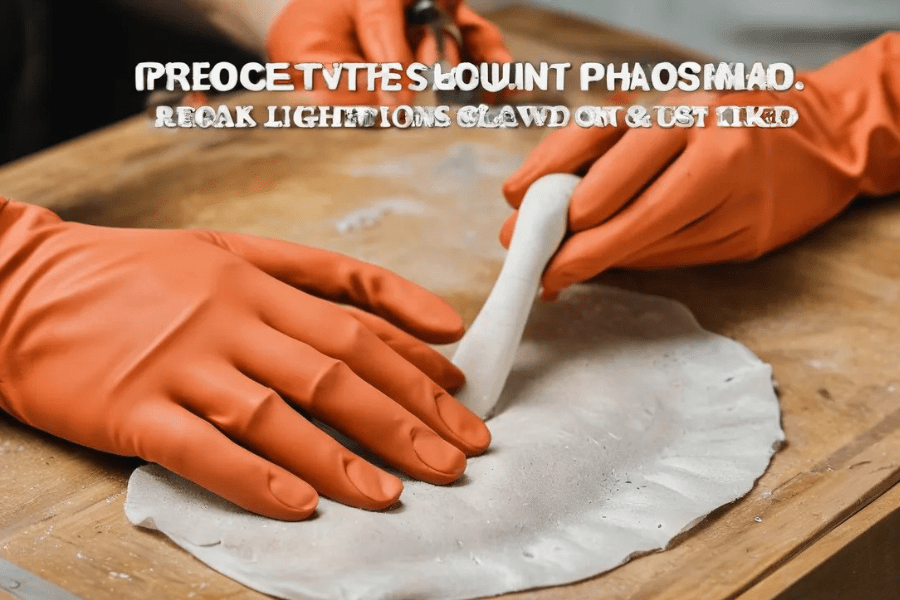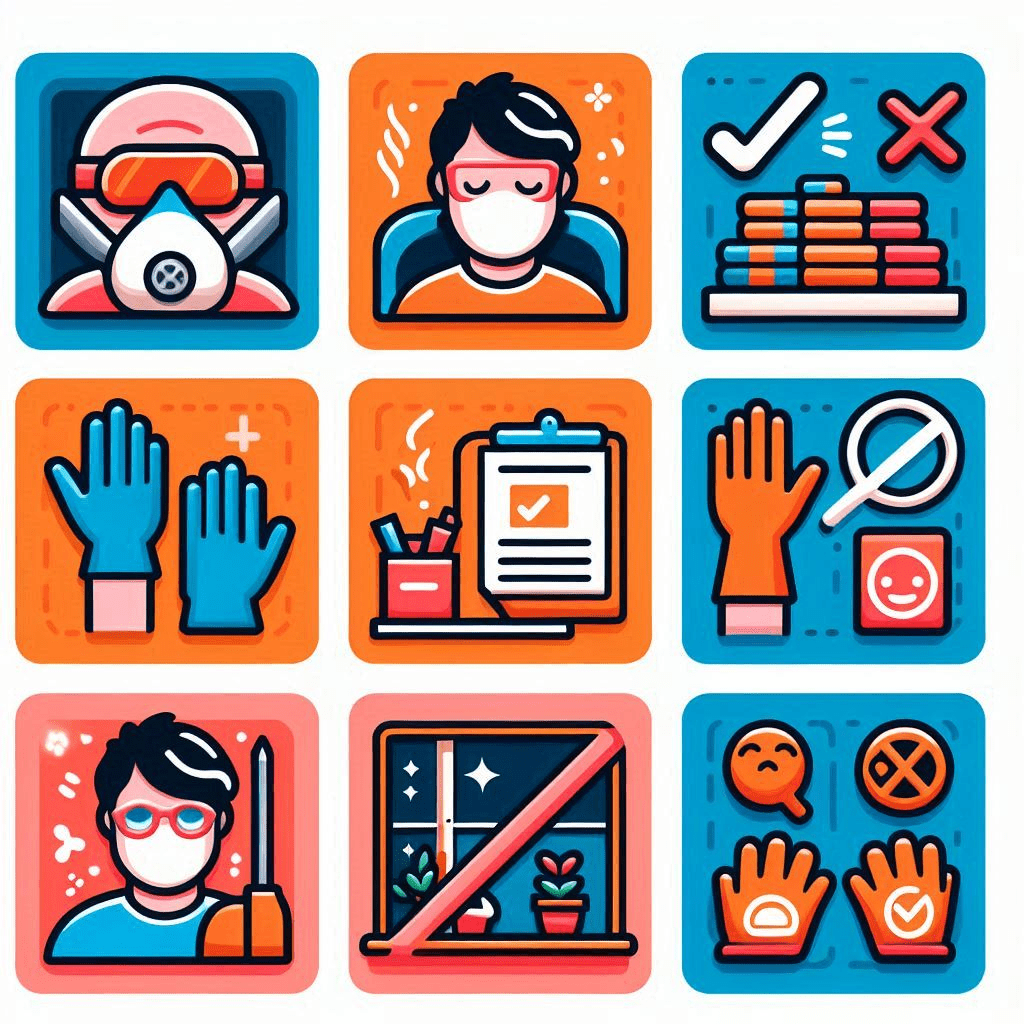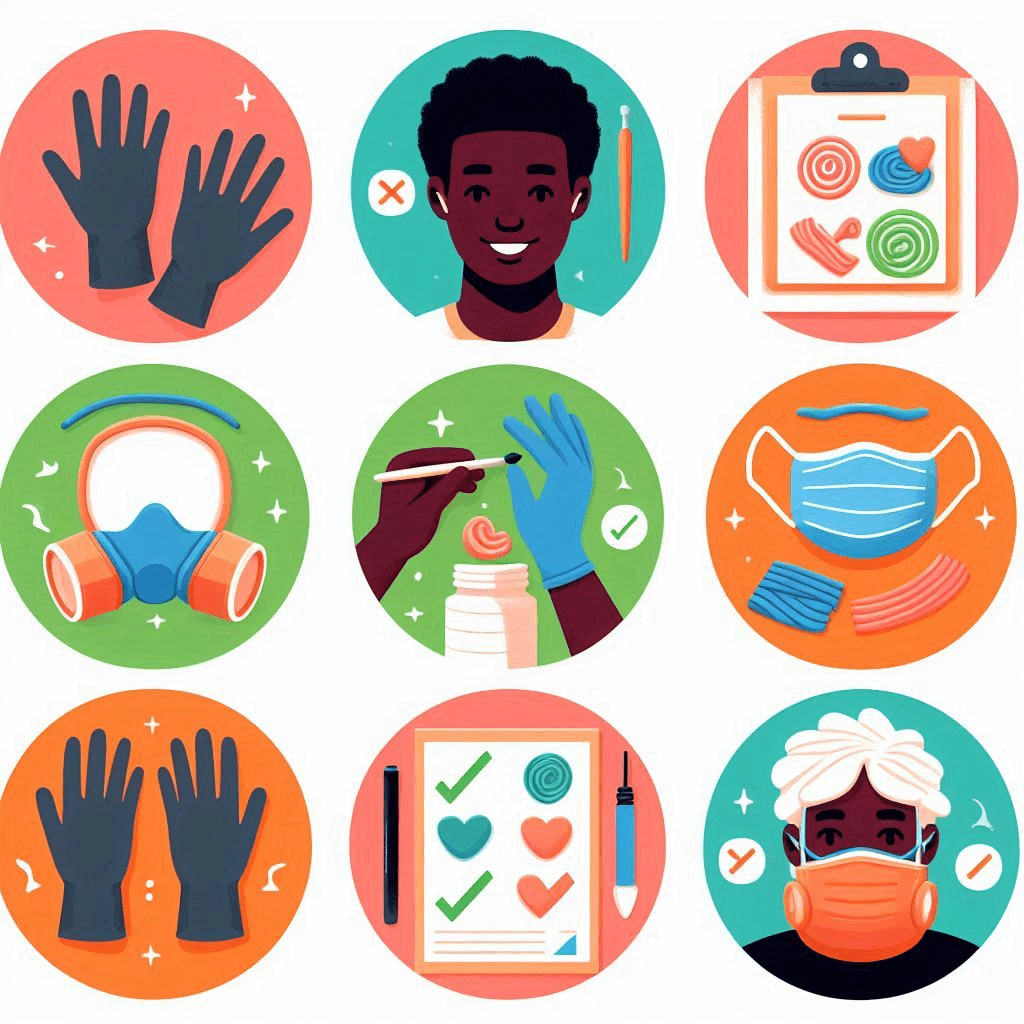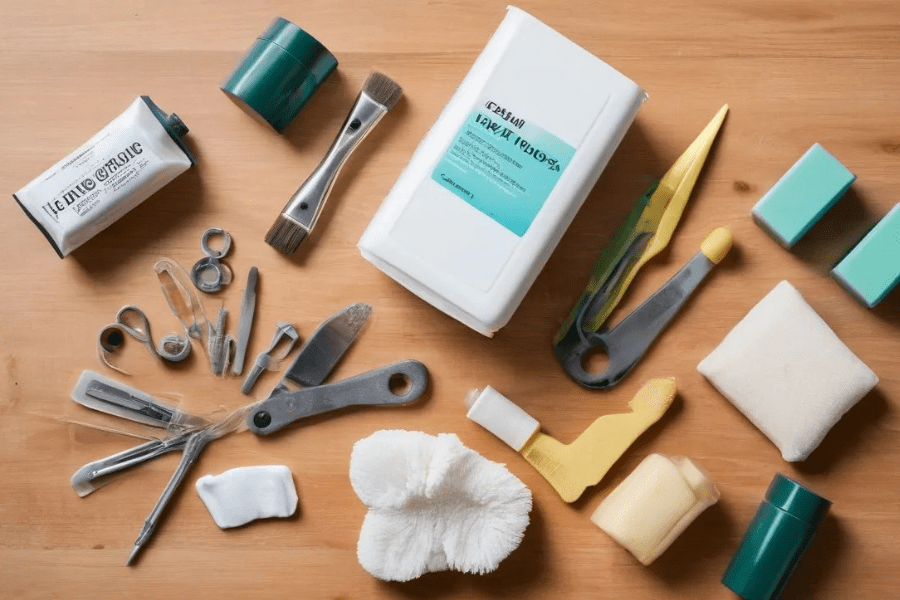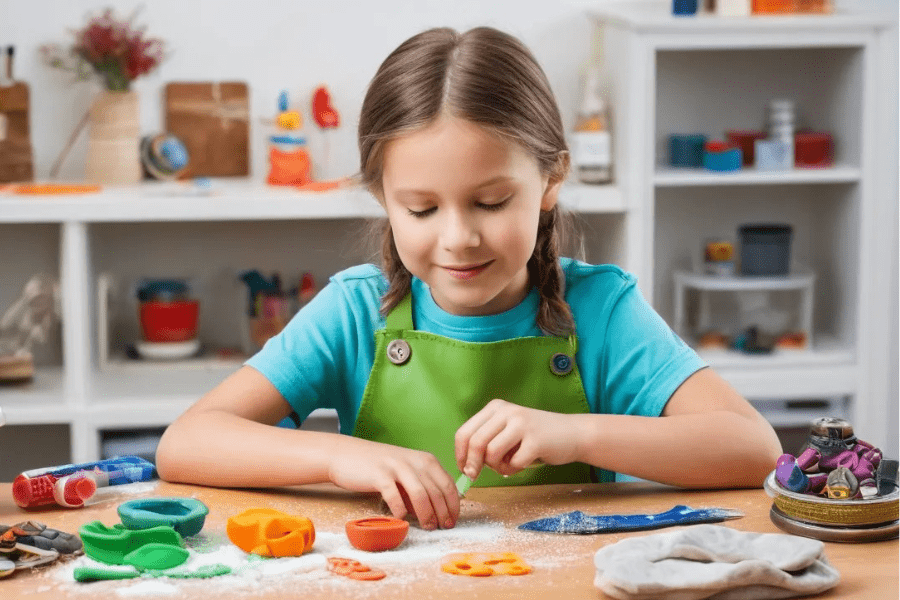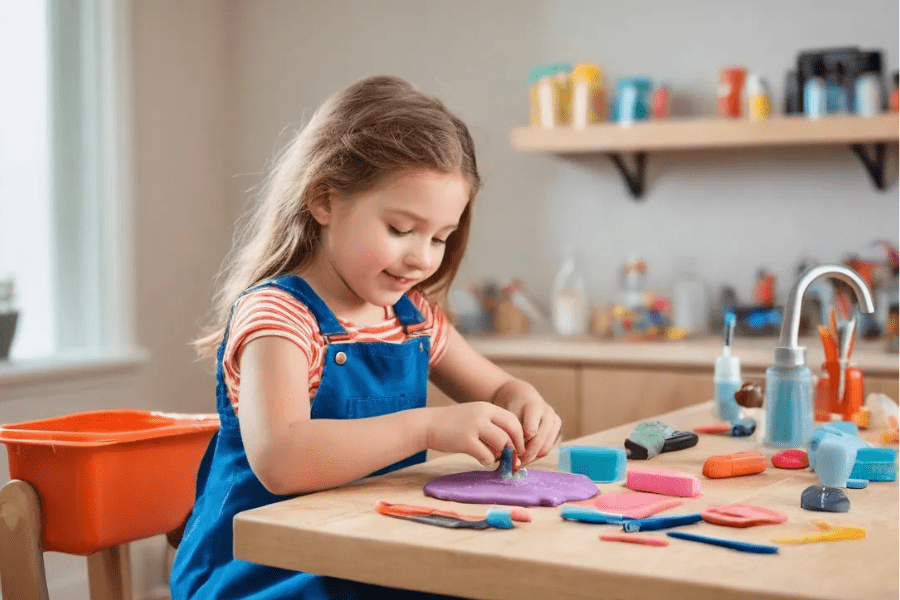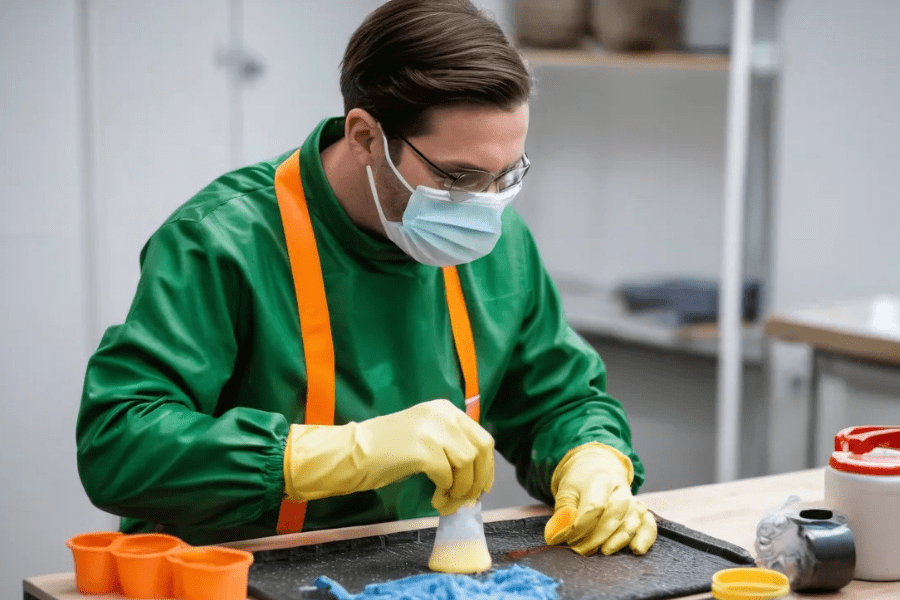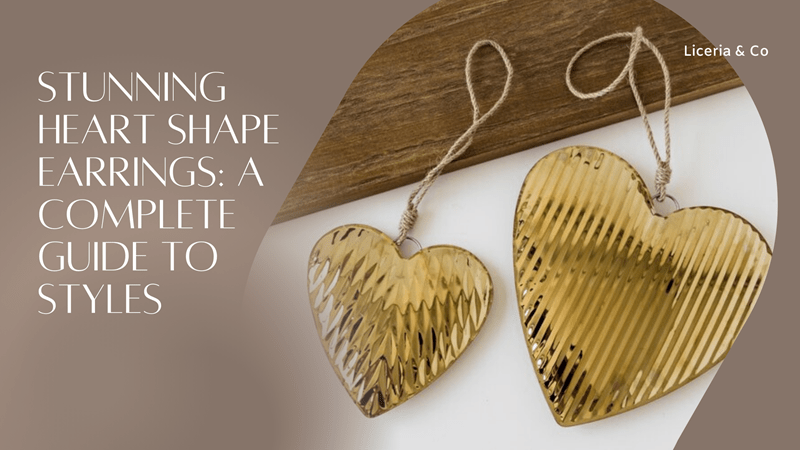Tips for Using Polymer Clay in Jewellery — Safety.
Polymer clay centralised pieces are a glorious medium for making pretty and detailed adornments. However, as with any crafting material, it’s important to use it safely to have a safe and enjoyable crafting experience. This ultimate guide to polymer clay safety will share with you all the safety tips for working with polymer clay jewellery so you can be educated and utilise the safest polymer clay practices.
Understanding Polymer Clay
Polymer clay is a man-made modeling compound chiefly comprising polyvinyl chloride (PVC), plasticizers, and pigments. It’s a known versatile medium, colorful and, when baked in an oven, capable of hardening permanently. Polymer clay is generally safe to use, however it must be handled properly in order to avoid any potential threat to health.
Work Area Preparation
Designate a Specific Crafting Space
Separating your working space from the kitchen is essential because this not only reduces the risk of food contamination due to polymer clay, but also helps keep your workspace neat and organized. Select a well-ventilated space that is away from food preparation areas to avoid ingesting any clay particles.
Use a Non-Porous Work Surface
Getting your non-porous surface (glass, metal, or a silicone mat) means the clay will not stick to your hands and cleanup is easier. And avoid wooden or porous surfaces that absorb chemicals from clay.
Personal Protective Equipment
Wear Gloves
By wearing gloves, your skin can be protected from the possible irritation that the prolonged exposure to polymer clay can cause. If you use bare hands, after you are done working with the clay, make sure to wash your hands thoroughly with soap and water.
Use a Dust Mask
If you also sand, drill, or otherwise create dust from baked polymer clay, you absolutely need a dust mask to prevent from inhaling the fine particles. Over time, these particles can damage your respiratory system.
Handling Polymer Clay
Keep Food and Drink Away
Never consume food or beverages in your work area and try to avoid having clay particles ingesting into your system. Also, DO NOT USE kitchen utensils or appliances for polymer clay projects to avoid cross-contamination.
Wash Your Hands
Always wash your hands before and after polymer clay use. This practice aids in eliminating any remaining residue that may be ingested and brought to surfaces.
Baking Polymer Clay
Use A Separate Oven Or Toaster Oven
Making sure that you are using an oven or toaster oven just for baking polymer clay is highly recommended. Contamination can occur if the same oven is used for both food and clay. If you’re using your kitchen oven, to contain fumes, cover the clay in a foil tent so the fumes do not escape.
Monitor the Temperature
Use the clay manufacturer’s recommended baking temperature, usually between 265°F (129°C) to 275°F (135°C). Using an oven thermometer will ensure you reach the correct temperature control, underbaking or burning can release toxic fumes.
Avoid Overbaking
If polymer clay is overbaked, it can burn, releasing potentially toxic fumes. The clay gets cured in an oven at a relatively low temperature so keep an eye on the baking process and set a timer to avoid overheating.
Ventilation
Ensure Proper Ventilation
Baking polymer clay in particular must always be done in air-comfy ventilation. Proper ventilation ensures any fumes released while this is in the process of baking are dispersed, so you are not exposed to potentially toxic chemicals.
Cleaning and Maintenance
Clean Tools Regularly
You may also use paper towels for regular cleaning of your tools as well as your work surfaces to avoid build up of clay residues. Clean tools with rubbing alcohol or baby wipes, and wash your hands well after each session.
Store Clay Properly
To keep the trim fresh and prevent it from dust and debris, store your polymer clay carefully in airtight containers. Do not mix with other materials — Label containers
Disposal of Polymer Clay
Dispose of Waste Properly
Throw polymer clay shavings and waste in a sealed plastic bag so that children and pets don’t eat them. Clay residues must not be washed down the sink because they can clog the sinks.
Special Considerations for Kids
Supervise Children Closely
Always supervise if children are working with polymer clay. Tell them they shouldn’t put clay in their mouths and they should wash their hands after playing with the material.
Use Child-Friendly Tools
Offer age-appropriate, child-safe tools and materials. Steer clear of sharp objects or toxic adhesives that might endanger young crafters.
Understanding the allergy
Watch for Signs of Allergic Reactions
Other people might be allergic to polymer clay or its materials. And discontinue use immediately and contact a healthcare professional if you note any irritation on skin, itchiness or other allergic signs.
Using Extra Materials in a Safe Way
Choose Non-Toxic Sealants and Glazes
Molten worked jewellery is finished with non-toxic sealants and glazes. As always, read the labels and select products that are safe for your skin and the environment.
Handle Resin with Care
Use resin in our polymer clay projects and always follow resin safety guidelines for handling and curing resin. Work in well-ventilated areas, wear gloves and use a respirator mask to prevent breathing in fumes.
Polymer Clay Exposure First Aid
Know Basic First Aid
If someone ingests polymer clay, gets it on their skin,or inhales the fumes they produce, knowing basic first aid may be useful. In case of ingestion, rinse the mouth and medical advice. For skin contact, wash the affected area with lather and water. If you find it hard to breathe after exposure to fumes, get to fresh air right away, and seek medical help.
Conclusion
Making things with polymer clay is an enjoyable and fulfilling experience, but you should always keep polymer clay safety in mind. These are tips you can follow to maintain a safe and fun crafting atmosphere. You are just a few steps away from working with polymer clay safely and successfully. Your safety involves proper ventilation, careful baking and responsible disposal of materials as well. Conclusion: Keep an eye out for any allergies and use only non-toxic finishes to ensure beautiful polymer clay jewellery that is safe and durable.
Shop Now
**Stay updated with our latest creations and special offers by following us on our social media pages!**




